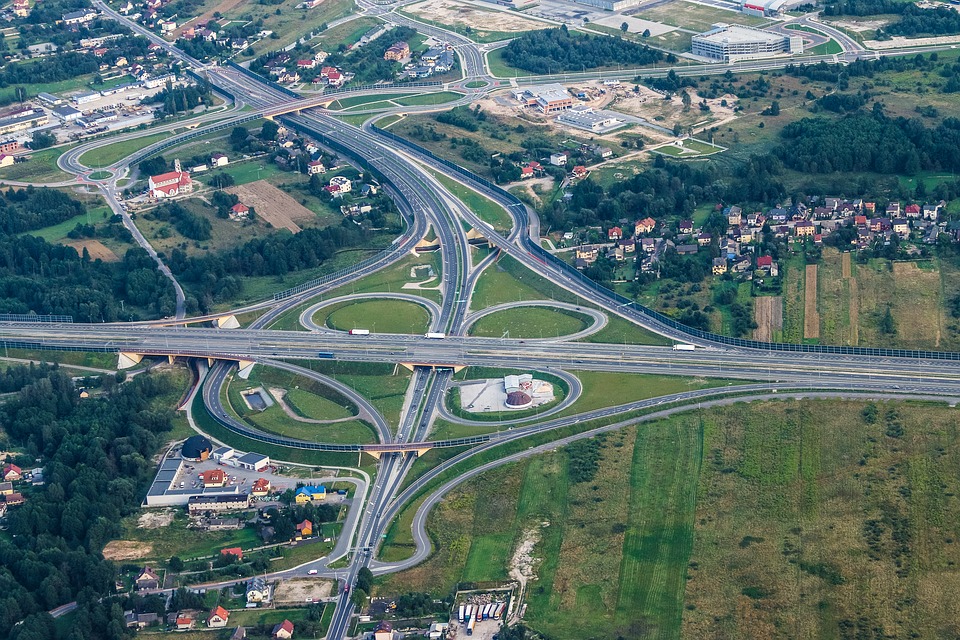In today's fast-paced world, the need for efficient and sustainable transportation has become paramount. The advent of technology has paved the way for the development of Intelligent Transport Systems (ITS), revolutionizing the way we commute and enhancing the overall transportation experience. This article aims to delve into the current state of ITS, exploring its various components, benefits, and future prospects.
- Understanding Intelligent Transport Systems:
Intelligent Transport Systems encompass a range of advanced technologies and applications that integrate information and communication technologies with transportation infrastructure. These systems aim to optimize traffic flow, improve safety, reduce congestion, and enhance the overall efficiency of transportation networks. - Components of Intelligent Transport Systems:
a) Traffic Management Systems: These systems utilize real-time data from various sources, such as sensors, cameras, and GPS, to monitor and manage traffic flow. They enable authorities to detect congestion, accidents, and other incidents promptly, allowing for efficient rerouting and improved traffic management.
b) Advanced Traveler Information Systems: These systems provide real-time information to travelers, enabling them to make informed decisions about their routes and modes of transportation. This includes dynamic signage, mobile applications, and websites that offer up-to-date information on traffic conditions, public transport schedules, and alternative routes.
c) Intelligent Vehicle Systems: With the rise of autonomous and connected vehicles, intelligent vehicle systems play a crucial role in ITS. These systems utilize sensors, cameras, and communication technologies to enhance vehicle safety, optimize fuel consumption, and enable cooperative driving.
d) Public Transport Management Systems: Public transport plays a vital role in urban mobility. ITS facilitates the management of public transport networks, including real-time tracking of vehicles, automated fare collection, and passenger information systems. These systems aim to improve the reliability, efficiency, and convenience of public transportation.
- Benefits of Intelligent Transport Systems:
a) Enhanced Safety: ITS enables the detection of potential hazards, such as accidents or road obstructions, in real-time. This allows for immediate response and reduces the risk of accidents. Additionally, intelligent vehicle systems can assist drivers in avoiding collisions and provide warnings for unsafe driving behavior.
b) Reduced Congestion and Emissions: By optimizing traffic flow and providing real-time information to travelers, ITS helps reduce congestion on roadways. This leads to shorter travel times, lower fuel consumption, and decreased emissions, contributing to a greener and more sustainable transportation system.
c) Improved Efficiency and Cost Savings: Intelligent transport systems optimize the use of existing infrastructure, reducing the need for costly expansions. By minimizing delays and improving traffic flow, ITS enhances the overall efficiency of transportation networks, resulting in cost savings for both individuals and businesses.
- Future Prospects of Intelligent Transport Systems:
a) Connected and Autonomous Vehicles: The integration of ITS with connected and autonomous vehicles holds immense potential for transforming transportation. These vehicles can communicate with each other and with the infrastructure, enabling safer and more efficient driving. Moreover, autonomous vehicles have the potential to revolutionize urban mobility by reducing congestion and providing accessible transportation options for all.
b) Big Data and Artificial Intelligence: The collection and analysis of vast amounts of data generated by ITS can provide valuable insights for transportation planning and management. Artificial intelligence algorithms can leverage this data to optimize traffic flow, predict demand, and develop personalized transportation solutions.
Conclusion:
The current intelligent transport system represents a significant leap forward in revolutionizing transportation. By harnessing the power of technology, ITS offers numerous benefits, including enhanced safety, reduced congestion, and improved efficiency. As we embrace the future, the integration of connected and autonomous vehicles, along with advancements in big data and artificial intelligence, will further propel the evolution of intelligent transport systems, shaping the way we commute and paving the way for a smarter and more sustainable future.

